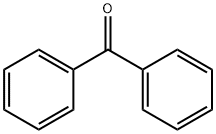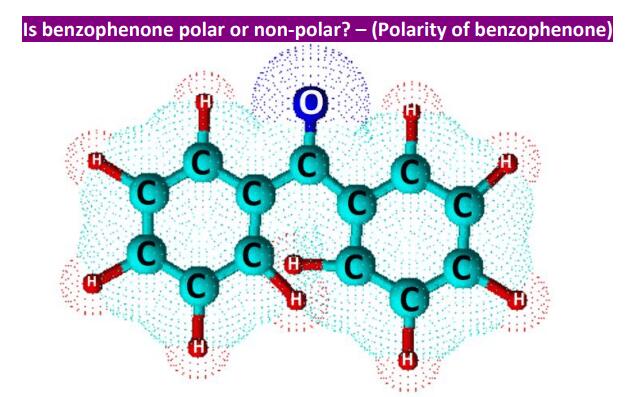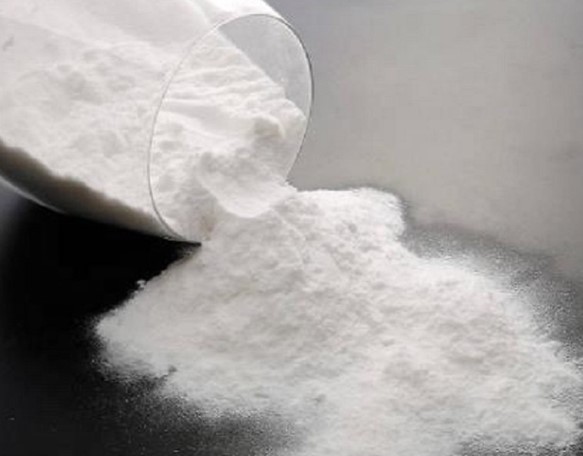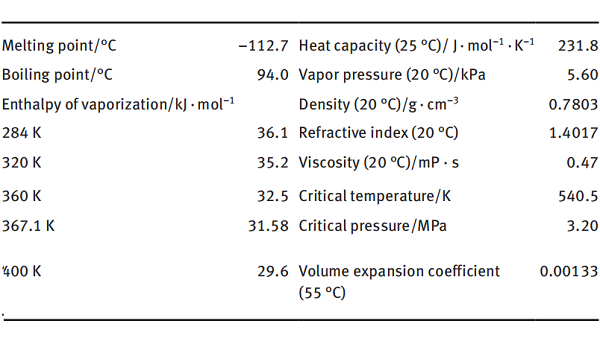The safety of Benzophenone
Description
Benzophenone is the organic compound with the formula (C6H5)2CO, generally abbreviated Ph2CO. It is a white solid that is soluble in organic solvents. Benzophenone is a widely used building block in organic chemistry, being the parent of diarylketone. This compound is widely used in household products, such as sunglasses, food packaging, laundry, and cleaning products to protect from UV light. Hence, it is important to note its toxicity. We will discuss its safety in this paper.
Uses
Benzophenone occurs naturally in some foods (such as wine grapes and muscat grapes) and is added to other foods as a flavoring. It is used as a photoinitiator, a fragrance enhancer, an ultraviolet curing agent, and, occasionally, as a flavor ingredient; it is also used in the manufacture of insecticides, agricultural chemicals, and pharmaceuticals and is an additive for plastics, coatings, and adhesives.

It can contaminate drinking water and migrate from food packaging into food. Benzophenone is used in some food packaging inks and may migrate into foods.
Safety
Benzophenone was unpalatable at 20,000 ppm. All 20,000 ppm rats had significant body weight loss and were terminated for humane reasons before the end of the studies. All male mice and four female mice in the 20,000 ppm group died. There was no exposure-related mortality in the remaining groups. Significantly decreased body weights relative to the controls were observed in all exposed groups of female and male rats except the 1,250 ppm group. Lower body weights were apparent in 10,000 ppm male mice and 5,000 ppm or greater female mice.
In rats, the liver and kidney were identified as target organs of benzophenone toxicity. Treatment-related increases in liver weights were attributed to hypertrophy and/or cytoplasmic vacuolization of hepatocytes. Increased kidney weights were associated with a spectrum of renal changes in exposed males and females. Unique lesions observed in animals that died early and in survivors were well-demarcated, wedge-shaped areas of prominent tubule dilatation. The lesion occurred in 2,500 ppm or greater males and 10,000 and 20,000 ppm females. Foci of tubule regeneration was increased relative to the controls in exposed males and females.
In exposed mice, significant microscopic findings were limited to centrilobular hypertrophy in the liver that corresponded to increased liver weights. The severity of hepatocyte hypertrophy was exposure-concentration dependent, with marked severity in all 20,000 ppm animals.
Clinical chemistry analyses confirmed liver toxicity. In rats, increases in serum bile salt concentrations indicated cholestatic liver disease. On day 22, a 15-fold increase was evident in the 20,000 ppm groups; at week 14, a twofold increase was seen in the 10,000 ppm groups. Increases in alanine aminotransferase and sorbitol dehydrogenase activities were mild in mice; however, more convincing of liver damage were increased alkaline phosphatase activities and serum bile salt concentrations, especially in 20,000 ppm females.
Biochemical data indicated that benzophenone was a relatively potent inducer of the phenobarbital-type (2B) cytochrome P450 enzymes. Overall, induction was greater in rats than in mice. The gross (increased organ weights) and microscopic (hepatocellular hypertrophy) liver changes associated with benzophenone administration in rats and mice accompanied benzophenone-induced increases in pentoxyresorufin dealkylase activity.
Benzophenone was not mutagenic in S. typhimurium strain TA98, TA100, TA1535, or TA1537, with or without S9 activation, and it did not induce micronuclei in bone marrow erythrocytes of male mice administered benzophenone by intraperitoneal injection.
In conclusion, the liver is the primary target organ of benzophenone toxicity in rats and mice based on increased liver weights, hepatocellular hypertrophy, clinical chemistry changes, and induction of liver microsomal cytochrome P450 2B isomer. The kidney was also identified as a target organ of benzophenone toxicity in rats only, based on exposure concentration-related increases in kidney weights and microscopic changes. The no observed-adverse-effect level for benzophenone was not achieved in these studies.
You may like
Related articles And Qustion
See also
Lastest Price from Benzophenone manufacturers

US $5.00-2.00/KG2025-06-10
- CAS:
- 119-61-9
- Min. Order:
- 1KG
- Purity:
- 99%
- Supply Ability:
- 10000kg
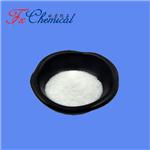
US $0.00/KG2025-04-21
- CAS:
- 119-61-9
- Min. Order:
- 25KG
- Purity:
- 98%min
- Supply Ability:
- 30tons/month
